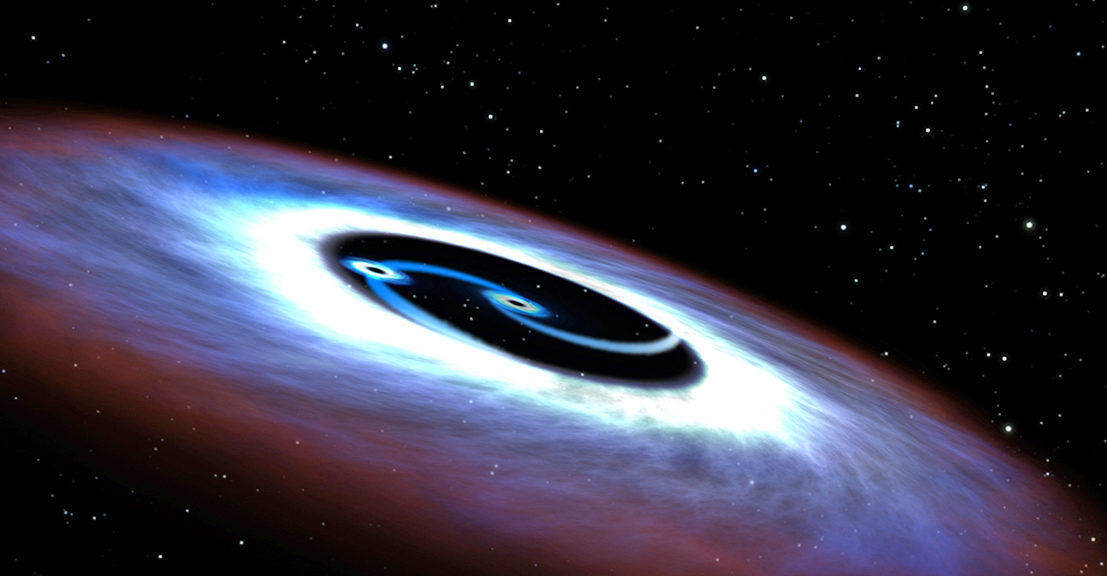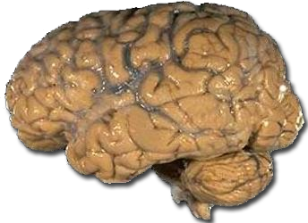ESA Experiment Will Send a Dozen Men to Bed for 60 Days
How would you like to spend the next 60 days in bed? That’s what the European Space Agency is asking 12 men to do, all in the name of science.
The first members of this group of a dozen will hit the sack for two months starting 9/9/15.
The bed-in, according to ESA, is a part of the research they’re conducting so that they could learn how to stop the wasting effects of spaceflight on the body.
Although the experiment may sound like a cozy and relaxing time for the volunteers, ESA says that it will not be as a restful of an experience as it sounds.
This isn’t the first bedrest study arranged by the ESA, the space agency held others that were of various lengths and included both men and women. Among the past research conducted included learning about effects of spaceflight on bone loss and changes in blood flow so that methods to counteract those issues can be developed.
Dust and Grime in a Home Can Reveal Details of its Occupants
Scientists from the University of Colorado, Boulder and North Carolina State University have found that the dust and grime that’s been collecting in your home can tell a lot about you.
The researchers found out that dust, bacteria and fungi in your house can not only reveal what geographic area you live in but also whether you have a pet and the gender ratio of those living in your home.
The researchers recruited occupants from around 1,200 homes throughout the continental United States who collected indoor and outdoor test samples at their homes.
After reviewing the samples, the researchers found that each of the homes they studied had, on average, more than 5,000 different species of bacteria and about 2,000 species of fungi.
The researchers found that samples of fungi taken from the homes revealed its location while the bacterial samples offered evidence about the identity of its occupants.

Artistic illustration of a binary black hole found in the center of the nearest quasar to Earth, Markarian 231. (NASA, ESA, & G. Bacon (STScI))
Nearest Quasar to Earth Powered by Binary Black Hole
American and Chinese astronomers, studying data from the Hubble Space Telescope, have discovered the nearest quasar to Earth.
This bright and powerful mass of energy and light is located in the Markarian 231 or MRK 231 galaxy about 600 million light years from Earth and is powered by two black holes wildly whirling around each other.
One of the black holes is larger than its companion and has an estimated mass that’s about 150 million times the mass of our sun. The mass of smaller black hole is about 4 million solar masses. The astronomers say that it takes about 1.2 years for the two black holes to orbit each other.
The astronomers believe that the smaller black hole is actually a left over from a smaller galaxy that merged with the Markarian 231 galaxy.
It’s expected that in about a few hundred thousand years the two black holes will spin and crash into each other.
Researchers Replicate Less Than 50% of Published Psychological Studies
Some 270 researchers from all over the world who are members of the Reproducibility Project: Psychology got together to conduct an enormous experiment to see if they could duplicate 100 research findings that had been published in three major psychology journals.
The large group of independent researchers, who worked at various sites with multiple criteria, found that they could only duplicate less than 50% of the original published findings.
The group says that the results of their work could cause some to doubt the legitimacy of the original published findings or it may an indication of just how difficult it can be to perform successful replications of psychological studies that produce the same results.
“Scientific evidence does not rely on trusting the authority of the person that made the discovery. Rather, credibility accumulates through independent replication and elaboration of the ideas and evidence,” said project member Angela Attwood from The UK’s University of Bristol.



























I am very much interested in Cosmos, science subjects and advances in life sciences. Evolution and its thread in current global
development/maintenance is also a special interest. For example why Diabetes type 2 is increasing among humans? How can we explain it based on evolutionary principles? V.P.
Although it may mean less science news for me, I am happy to learn that there are reproducibility projects and hope their results are useful or interesting actual knowledge.